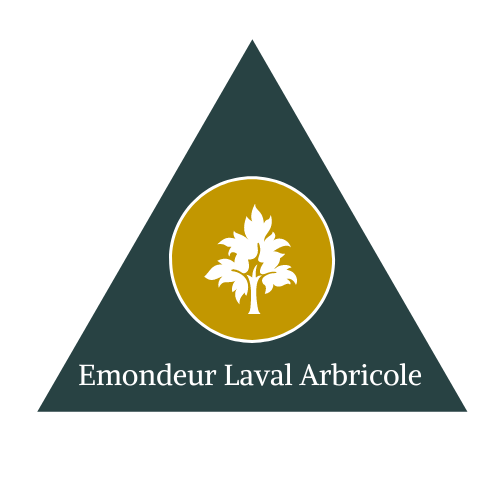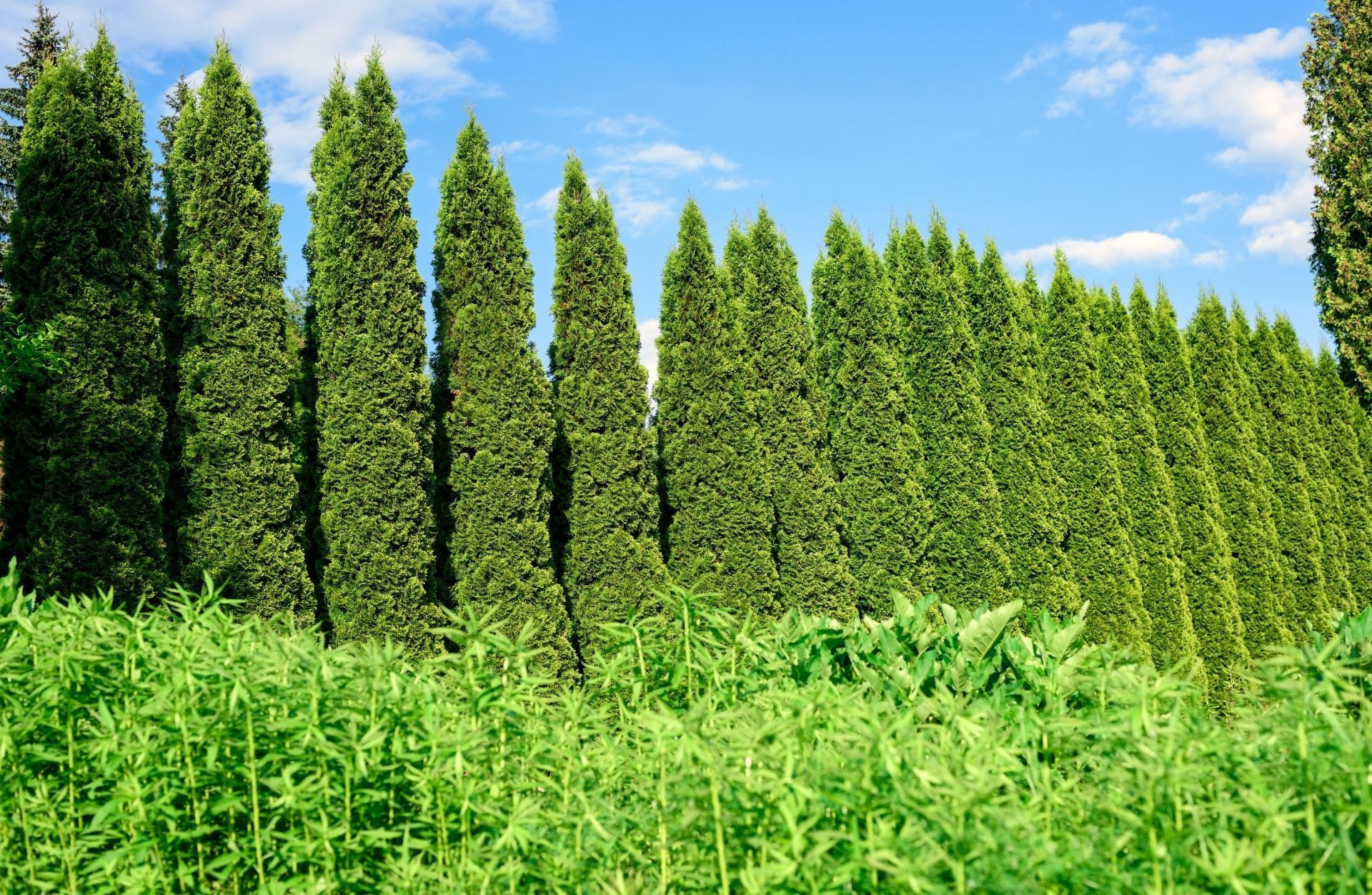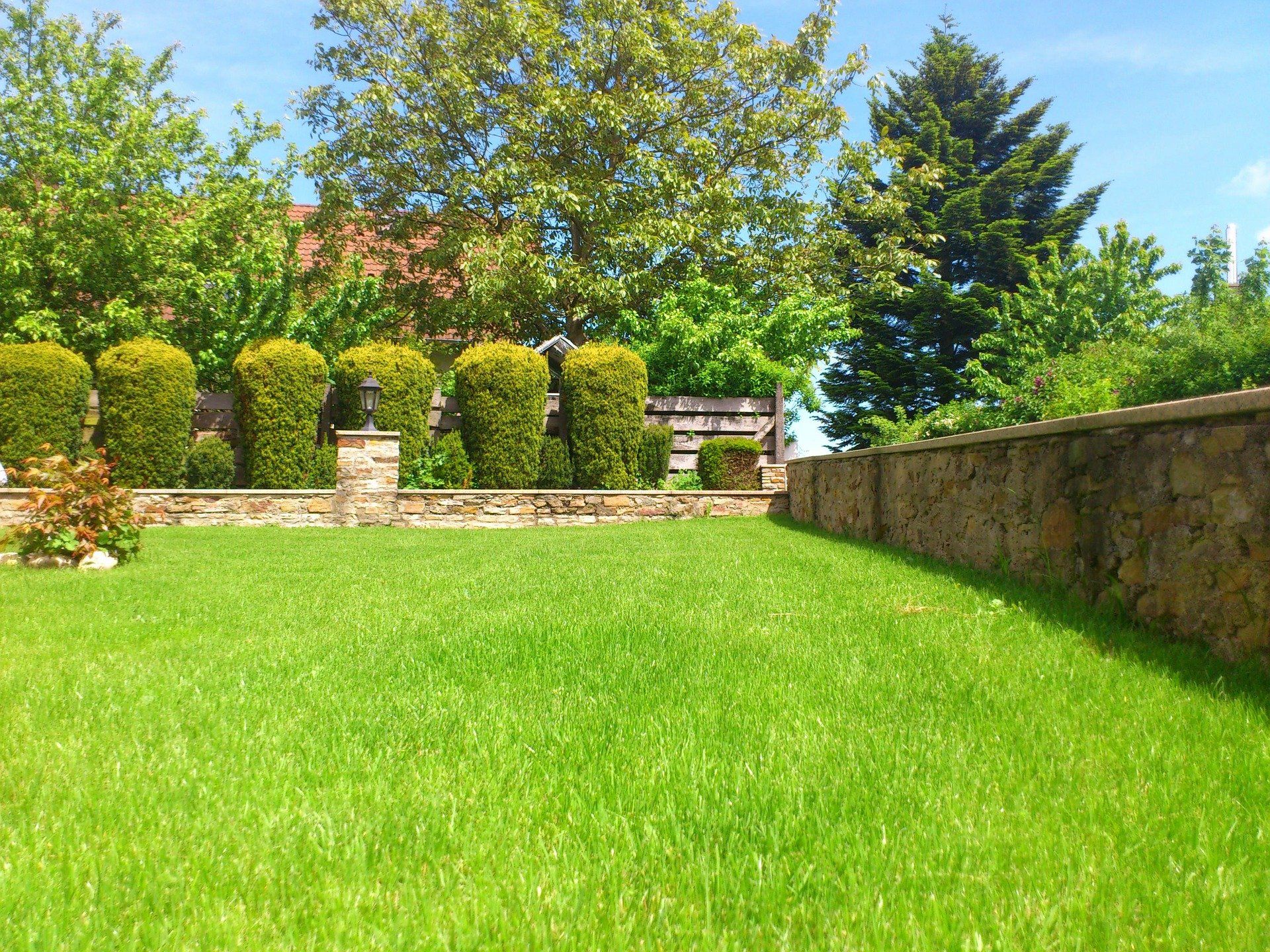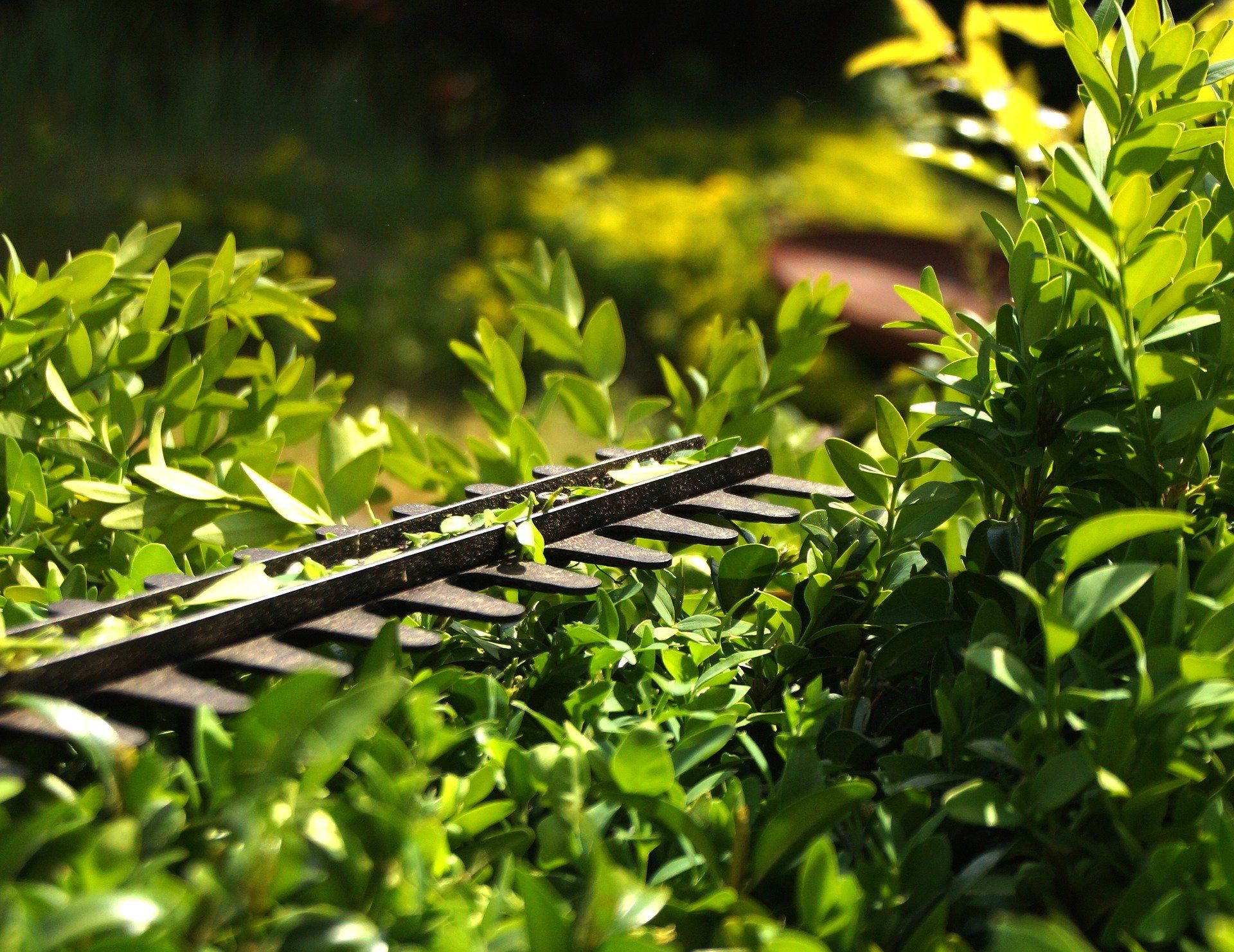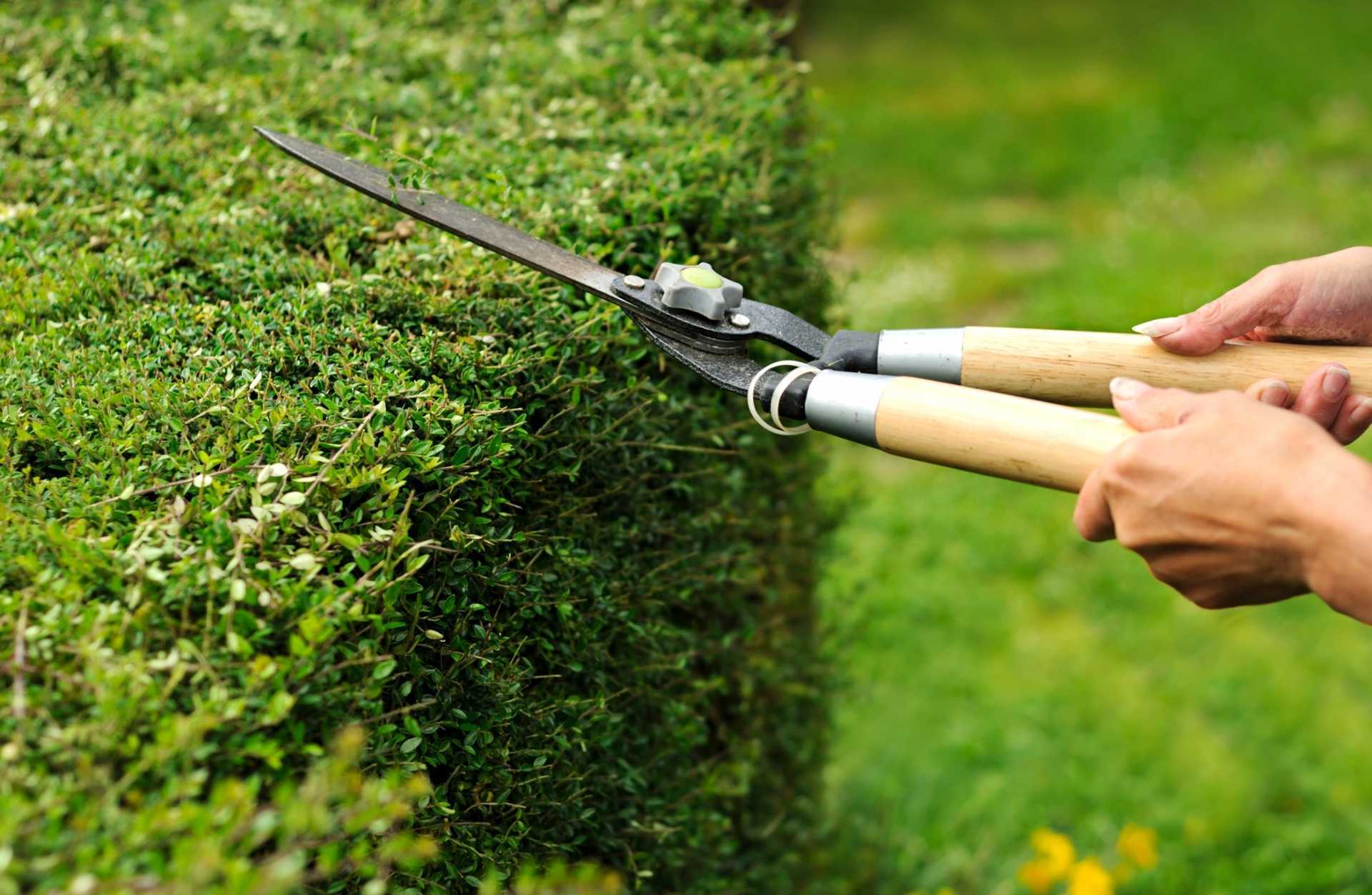Hedge trimming and in particular the trimming of cedar hedges is one of our specialties. Your garden surely has a natural barrier of vegetation, either for delimitation purposes or with other more aesthetic or ornamental ones. To obtain well-trimmed and uniform cedar hedges, regular maintenance is necessary to prevent uncontrolled growth of the branches of these shrubs.
Émondeur Laval Arbricole
Cedar hedge trimming in Laval
Hedges should be planted in fertile ground to promote their development. For hedges over two years old, they should be trimmed at least once a year, although twice a year would be ideal. In principle, each cut of the hedge promotes growth. For hedges over two years old, they should be trimmed at least once a year, although twice a year would be ideal. In principle, each cut of the hedge promotes growth. The last trimming of cedar hedges can be done from the end of June, but at the latest in August, well before the first frosts. Fresh shoots that are not fully formed could be damaged by frost. Hedge trimming should never be done in freezing temperatures or in direct sunlight, as the new layers of the hedge are extremely vulnerable.
Free estimate
Soumission Emondage Laval
Hedge shoots should never be cut completely. The right thing, depending on the plant species, is to prune to half or at most a third of the length of the young shoots. The hedge should always be slightly tapered / trapezoidal. This ensures that even the lower area of the hedge receives enough light to prevent sun spots from appearing on the plant. Also, a slightly narrower cut in the upper part is recommended, as this is not going to allow snow to accumulate during the winter.
Types of hedges
You have two different typologies that determine the shape and appearance of your hedge and, therefore, the final image you want to have of our garden. Here are the types of hedges we do at Emondeur Laval.
Informal size:
If you decide to let your plants grow freely, we still need to prune them periodically, to control their growth and adapt them to the garden, always keeping their natural appearance. These types of hedges require less maintenance and are best for larger gardens. What our professionals do during these prunings is to eliminate dry, dead branches or those that protrude too much. Some of the most common free-growing hedges are those that flower, such as roses, camellias or oleander for cedars, we won't have this problem.
Formal size
Formal hedge trimming involves the possibility of being able to give your hedges a certain shape. that is, we delineate their growth in a specific way. For this reason, they need periodic and regular pruning. To carry out this task, it is advisable to use previously leveled wires or ropes to guide us in pruning in order to obtain the best result without ending up with different levels in your hedge.
In the case of shrubs such as cedars, always ensure that the base is wider than the top so that the sun can reach all the branches. We will cut the side branches from the base without touching the crown until it reaches the expected height. When this happens, the pruning done per year will be sufficient and will allow for maintenance aimed at maintaining its shape and height.
Renewal size
Depending on the condition of the hedge, you can opt for a more intense and precise pruning, by pruning around three quarters of the ends of the shoots in order to encourage the appearance of strong branches, or a smaller size. By pruning the two-thirds of the shoot that contains the future fruits, the plant grows stronger the following season. It is advisable to practice it only once a year (winter).
Radical pruning
When you have hedges in your garden that are a few years old, there may be leafless areas, which takes away from the aesthetic appeal of the plant. In radical pruning, we will make a cut to the level of the trunk, which will cause new branches to grow more densely. It is advisable to practice it only once a year (winter).
Pruning Trees
It is also important to prune trees in general for the following reasons: Safe pruning: Safe pruning is important for pruning parts of the tree that become dangerous to you or your neighborhood. : This size will allow you to opt for a more architectural shape rather than a natural shape and will adapt to your design.
Safe pruning: Safe pruning is important for pruning parts of the tree that become dangerous to you or your neighborhood.
Adaptation pruning: If the tree encounters an obstacle in its path during its growth, it is important to help it so that it can continue to flourish.
Why trim cedar hedges?
The pruning of cedars is important first of all from an aesthetic point of view but also for the health of the plant. It is a shrub that grows fairly regularly, so it must be maintained at least twice a year depending on the age of the shrub. If it is not cut in the correct way, the light does not penetrate inside the shrub and the parts that will not receive light will die. It also contributes to the dynamics of the garden, it helps many plants to remain protected from pathogens. Trimming is necessary to allow the tree to grow properly.
This is why Émondeur Laval offers you a cedar hedge trimming service. If you want to have more information on the subject and learn more about our services, fill out the contact form or call us at (450) 231-7333
